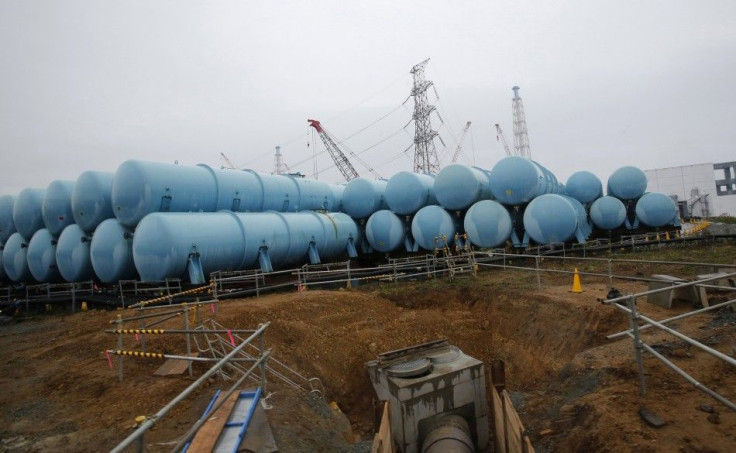TEPCO Removes Spent Fuel At 1st Of 4 Fukushima Reactors

Tokyo Electric Power Co, operator of crippled Fukushima Daiichi nuclear power plant, announced over the weekend that the spent radioactive fuel in one of the facility's four heavily damaged reactors had been cleared. The particular clean-up meant a total of 1,535 fuel rod assemblies have been removed after a yearlong operation.
Workers on the roof of the No. 4 reactor building on Saturday, using a crane, slowly lifted the four unspent nuclear fuel rods that have been placed in a transportation container. The operator added that included in the overall figure were 1,331 riskier spent fuel rods and 204 unused ones.
The Yomiuri Shimbun reported that after lifting it completely out of the storage pool water, the workers moved to place the container softly on the floor beside the pool. The process, the news outfit said, was done so that transferring all the nuclear fuel assemblies to other pools would be faster and safer.
Although the No. 4 reactor had been safely shut down when the Great East Japan Earthquake and tsunami accident happened in March 2011, the meltdowns at the other three reactors released hydrogen that caused an enormous explosion. The incident blew off the roof and walls of the reactor building, leaving exposed to the air the storage pool there.
Akira Ono, head of the nuclear plant crippled by the March 2011 earthquake and tsunami, said more work still lies ahead. "Although this is a milestone, reactor decommissioning work will continue." TEPCO started in November 2013 the fuel removal work at the No. 4 reactor building.
TEPCO expects to conduct between April and September 2015 the removal of the nuclear fuel from the Nos. 1-3 reactors. Working conditions for this specific mission are more complicated because of higher radiation levels since all nuclear fuel from these reactors melted down. It is planned workers will use a remote-controlled crane at the Nos. 1-3 reactors.





















